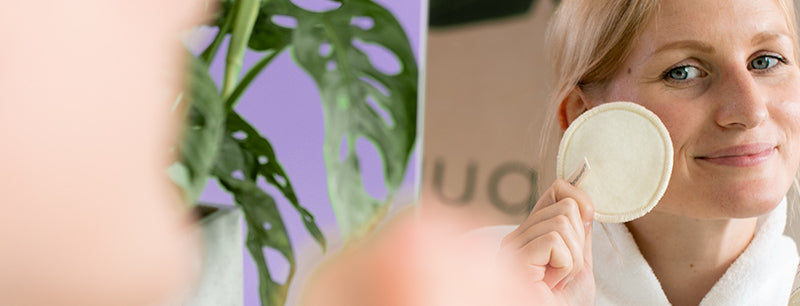September Challenge: Eco furniture - how can you set up your apartment sustainably?

More and more people want to make their lives more sustainable. Plastic objects are being replaced by natural materials, ingredients are playing an increasingly important role and many things are being bought second-hand. But did you also pay attention to these things when choosing your furniture? Furniture is often bought from large chains, as it is usually much cheaper. Money may be tight at the beginning, especially when it comes to buying your first apartment. But it is also possible to buy high-quality furniture cheaply. In this blog post you will find out how this works and what influence furniture has on us and the environment.
As the saying goes? If you buy cheap, you buy twice. This is also the case with furniture. Of course, expensive is not automatically better, but high-quality furniture lasts significantly longer than cheap, sometimes poorly made furniture. When buying furniture, pay attention to the material. Pieces of furniture made of solid wood instead of plywood are of course more durable as they are much more robust. Plywood furniture usually ends up in bulky waste after it has been used once, as it rarely survives a move and can therefore not be passed on. Solid wood, on the other hand, lives through entire generations. The wood should come from regional and responsible forestry. Profit-driven (rain) forest clearing is anything but sustainable. Important resources and habitat for many animals are being lost. You should also pay attention to the material when it comes to furniture covers. Reach for natural fibers instead of synthetic fibers, preferably from organic farming, so that the textiles are free of pesticides. Unfortunately, some pieces of furniture also contain other harmful ingredients. They are treated with chemical paints and contain adhesives and plastics that often contain formaldehyde. Formaldehyde is a gas that is released from products and poses a health risk. The gas is even suspected of being carcinogenic. To identify low-emission furniture, you can look out for environmental seals such as the “Blue Angel” or check the results of the Öko-Test.

When buying new furniture, materials should therefore be checked for their components and longevity. But there is also furniture made from recycled material. In this way, no new resources are required, less waste is produced and the throwaway society is counteracted to some extent. Of course, you can also buy second-hand furniture directly! This is usually much cheaper, unless it is an antiquarian collector's item. And there are truly unique pieces that will become eye-catchers in your home.
Always ask yourself...
… Do I really need this?
... Does it have to be new or is it also used?
... Do I have something of it for a long time?
... Was it produced fairly and regionally?
… Was nature destroyed for this?
This is our September challenge! If you also want to take part, then please share your experiences with us. If you want to try out more challenges, then watch out: Here you will find an overview of all our sustainability challenges. Have fun!
If you would like to be informed directly about the latest blog posts, please follow us Instagram ! :-)










































Leave a comment